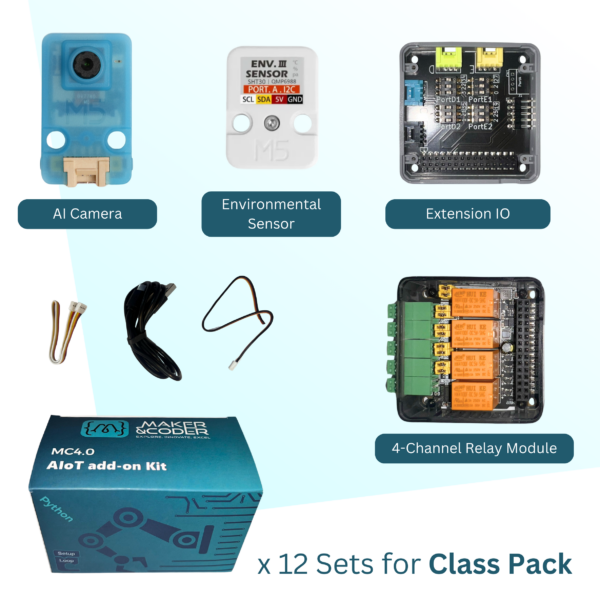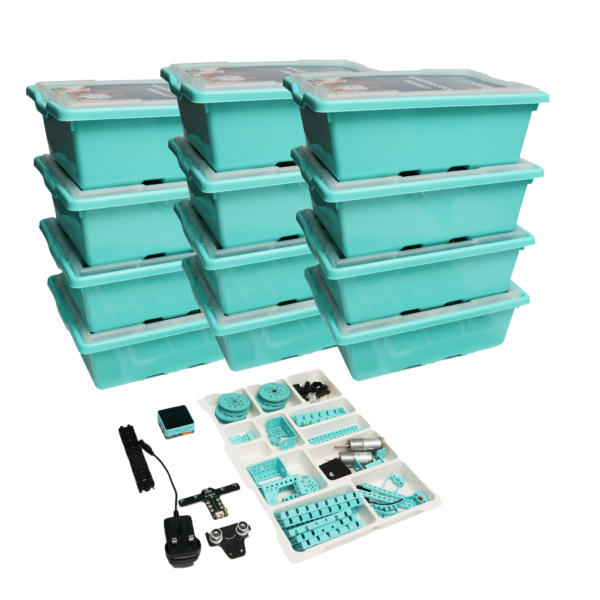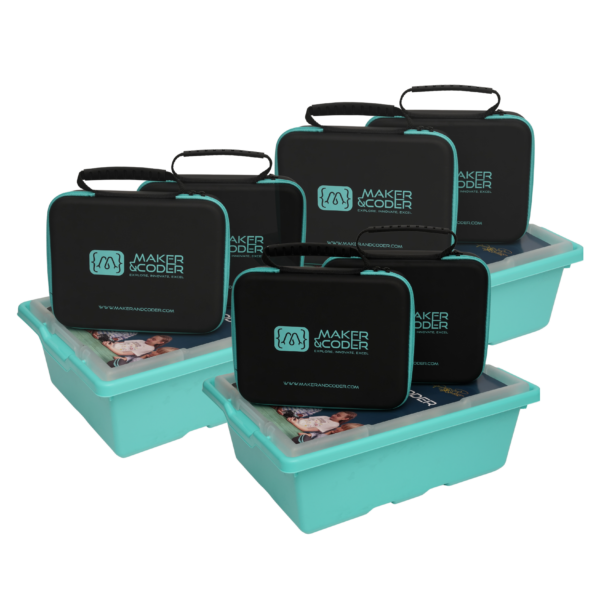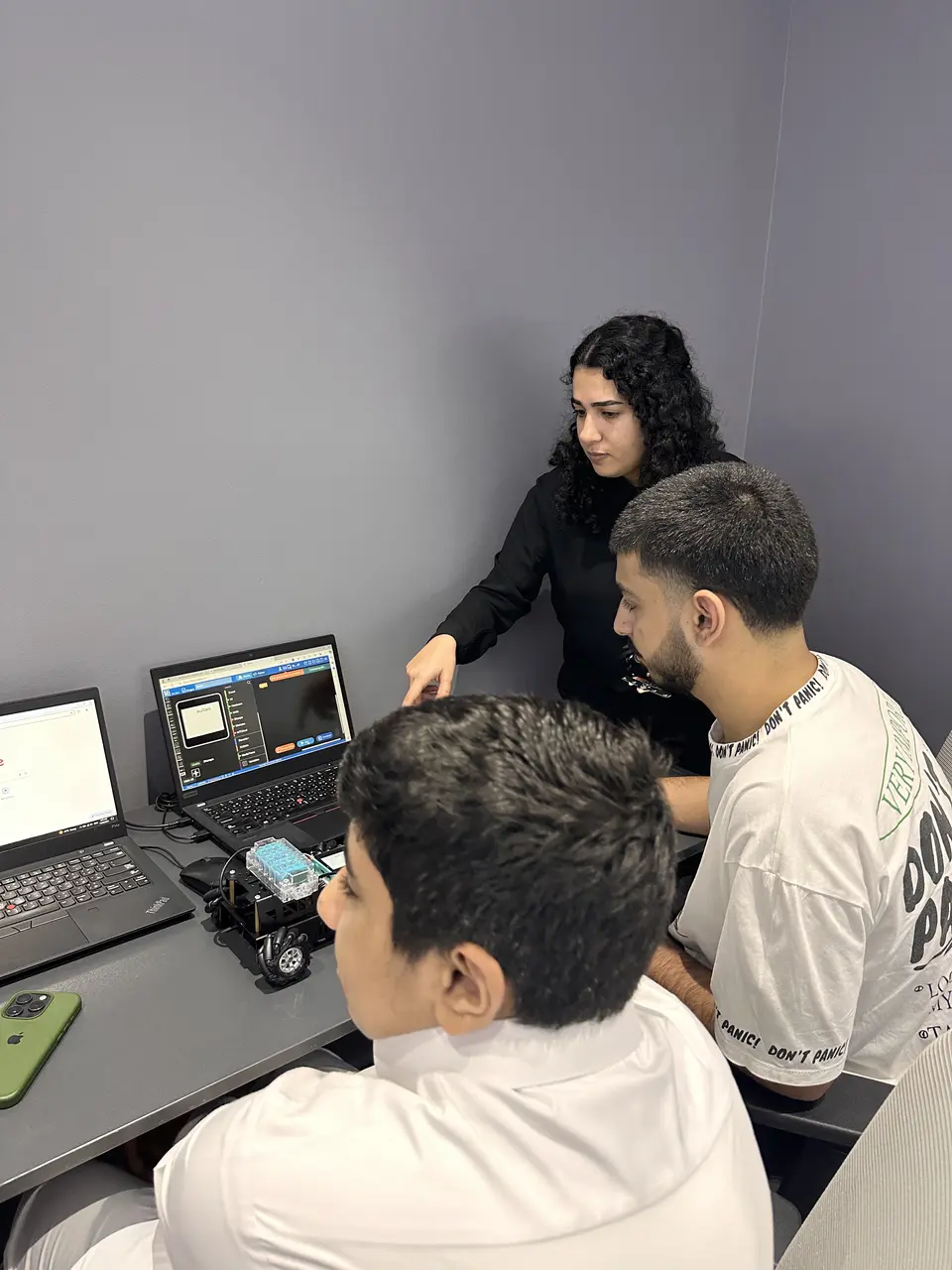Embarking on the journey of robotics innovation can be both exhilarating and daunting for young inventors. With the rapid pace of technological advancements, the field of robotics offers a fertile ground for creativity, problem-solving, and groundbreaking inventions. This blog post is dedicated to inspiring the next generation of inventors by highlighting twelve exciting robotics innovation challenges. From building autonomous robots to designing machines that can help solve real-world problems, these challenges are designed to spark curiosity, encourage learning, and foster a love for science and engineering.
1. Designing Your First Robot
Embarking on the quest to design your first robot is akin to taking your first steps into a new world. It’s not just about assembling parts; it’s about breathing life into your creations. To start, young inventors should focus on the basics of robotics, understanding the components like sensors, actuators, and the brain of the robot — its microcontroller. A simple but effective challenge is to create a robot that can perform a specific task, such as navigating a maze. This project will teach you about programming, electronics, and mechanical design, laying a solid foundation for more complex robotics projects.
2. Robots in Disaster Relief
Imagine a world where robots work alongside humans to provide disaster relief. These machines can go where it’s too dangerous for people, from earthquake-stricken buildings to flooded areas. The challenge for young inventors is to design a robot that can assist in such missions. Whether it’s through debris removal, search and rescue operations, or delivering supplies to affected areas, the goal is to create a robot that can help save lives. Through this challenge, inventors can explore topics like robotics mobility, remote control, and autonomous navigation, all while contributing to the greater good.
3. The Autonomous Challenge
Autonomy is the holy grail of modern robotics, presenting a challenge that pushes the envelope of what young inventors can achieve. Designing a fully autonomous robot requires a deep understanding of artificial intelligence, machine learning, and environmental sensing. One way to tackle this challenge is by creating a robot that can complete tasks in a dynamic environment without human intervention. This could range from a robot vacuum that intelligently avoids obstacles and changes its cleaning pattern based on room layout, to a robot that can autonomously navigate through a park. The key is to focus on the integration of software with hardware, creating a seamless blend of physical and digital worlds.
4. Robotics for Environmental Conservation
Our planet faces numerous environmental challenges, and robotics innovation can offer unique solutions. Young inventors have the opportunity to contribute by designing robots that can monitor ecosystems, collect data on endangered species, or even clean up pollutants. A compelling project could involve developing a robot capable of planting trees or removing plastic from the oceans. This challenge not only advances your skills in robotics but also instills a sense of responsibility towards environmental conservation, merging technology with sustainability for a healthier planet.
5. The Art of Robot Design
Robotics is not just about functionality; it’s also about aesthetics and design. The challenge here lies in creating robots that are not only efficient and effective but also visually appealing. This task encourages young inventors to think outside the box, blending engineering with art. Consider building a robot that could double as a piece of art, or designing a robot with a unique, eye-catching appearance. This fusion of art and science highlights the importance of creativity in robotics innovation, proving that technology can be beautiful as well as functional.
6. Healthcare Robotics Challenge
In the realm of healthcare, robotics innovation can transform lives. The challenge for young inventors is to design robots that can assist patients, doctors, and nurses in medical settings. This can range from robots that help carry out surgical procedures with precision to machines that provide companionship to patients. Such developments not only push forward the boundaries of what robotics can achieve but also offer a pathway to making healthcare more accessible and efficient. Bridging the gap between technology and care, inventors can make a direct impact on the well-being of individuals around the world.
7. Underwater Robotics Exploration
The depths of our oceans remain largely unexplored, holding mysteries and untapped resources. Young inventors have the unique opportunity to contribute to this field through the challenge of designing underwater robots. These machines need to navigate harsh conditions, from high pressure to low visibility, making this task both challenging and exhilarating. Developing robots that can map the ocean floor, study marine life, or monitor water quality opens new doors for oceanography and environmental science. It’s a chance not only to advance robotics but to deepen our understanding of the world’s oceans.
8. Flying Robotics Innovation
The sky’s the limit when it comes to flying robotics innovation. From drones that can aid in agriculture to those participating in search and rescue operations, the possibilities are endless. The challenge is to design a flying robot with a specific purpose in mind, be it for entertainment, commercial, or humanitarian purposes. This task requires a good grasp of aerodynamics, control systems, and navigation technologies. By tackling this challenge, young inventors not only expand their technical skills but also contribute to the evolving field of aerial robotics.
9. AI and Robotics Integration
Integrating Artificial Intelligence (AI) with robotics opens a realm of possibilities, from robots that learn from their environment to those that can interact with humans in nuanced ways. The challenge here is to develop a robot that utilizes AI to enhance its capabilities, whether it’s through machine learning, natural language processing, or computer vision. This convergence of AI and robotics innovation not only propels inventors into the forefront of technology but also allows them to explore the potential of intelligent machines that could redefine our future.
10. Robotics in Agriculture
As the global population continues to grow, so does the demand for food, making agricultural efficiency and sustainability more important than ever. Robotics innovation can play a key role in this field, offering solutions for automated farming, crop monitoring, and precision agriculture. The challenge for young inventors is to create robots that can help increase crop yields while reducing environmental impact. This involves understanding plant biology, soil science, and automation technology, highlighting how robotics can bridge the gap between traditional farming practices and futuristic agriculture solutions.
11. Interactive Robots for Education
The education sector stands to greatly benefit from robotics innovation, especially through the development of interactive robots that can make learning more engaging. Whether it’s a robot tutor that helps with math homework or a language learning companion, the challenge is to design robots that can adapt to individual learning styles and paces. This venture not only enhances the educational landscape but also encourages young inventors to think about the role of technology in learning and development, fostering a love for lifelong education through robotics.
12. Engineering Biologically Inspired Robots
Nature has engineered its creations to perfection, and there’s much that robotics can learn from it. The challenge of engineering biologically inspired robots invites inventors to design machines based on the principles of natural organisms. Whether mimicking the efficient locomotion of a cheetah or the gripping power of an eagle’s talons, this task requires a deep dive into biomechanics and bio-inspired engineering. This fascinating intersection of biology and robotics not only propels technological innovation but also offers insights into the natural world, proving that sometimes, the best teacher is nature itself.





